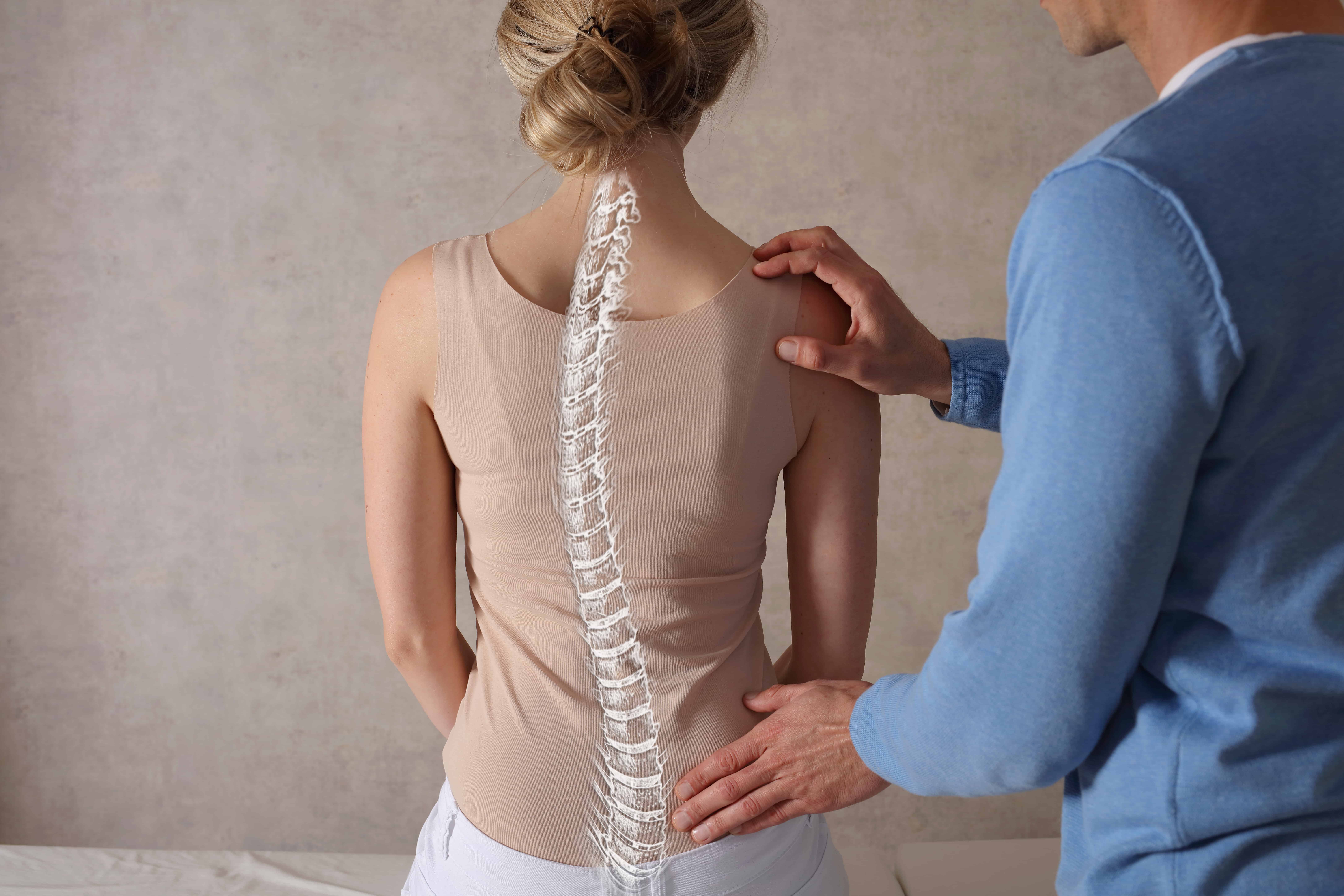Spinal Decompression
Dr. Allan Dyer introduced the world to spinal decompression therapy in 1991 and the non-invasive clinical intervention for back pain is still going strong today. Dyer’s Vax-D decompression table also remains in use until this day. Since 1991, many sophisticated traction devices have been developed now offering decompression therapy for the neck as well. During this treatment, the patient reclines on the table either face down or face up, depending on the condition. With the use of belts and supports, the patient is fastened securely to the device. One of our professionals then slowly spreads the table apart, causing gentle stretching of the spine. As your spine is stretched during the 15-30 minute treatment, it alleviates back pain and promotes the absorption of fluid and nutrients to assist with healing.


Spinal decompression therapy is ideal for those with bulging discs, herniated discs, sciatica and spinal stenosis. And the best part is that the procedure is pain-free, fast-acting, and has low risk of side effects.
Are you a good candidate for Spinal Decompression?
-
Positive
You are dealing with ongoing back pain, neck pain, or sciatica.
-
Positive
You have a bulging or herniated disk in your back.
-
Positive
You are suffering from posterior facet syndrome, or have injured nerve roots along your spine.
-
Negative
You are or may be pregnant.
-
Negative
You have broken vertebrae, or have undergone a spinal fusion.
Frequently asked questions
Does Spinal Decompression Cause Pain?
Typically, patients do not experience any pain during a spinal decompression treatment session. In fact, most patients receiving spinal decompression treatment report pain relief during their first session, though multiple sessions are usually required for longer-lasting relief.

How Long Does Receiving Spinal Decompression Take?
A single session of spinal decompression tends to be between 30 and 45 minutes long. Many patients report that these sessions are relaxing, with some even falling asleep. Typically, someone receiving spinal decompression treatments will return for several sessions, often as many as 12-20 over a four to six week period.

What Are the Potential Side Effects of Spinal Decompression Therapy?
More often than not, patients report zero side effects from receiving spinal decompression therapy. Sometimes, patients can experience soreness or aches in their back muscles after they have been stretched, but these sensations tend to be dull and short-lived, occurring less frequently over time and multiple sessions.

What Is Spinal Manipulation Used For?
Spinal manipulation and spinal decompression is primarily used for neck pain, lower back pain, headaches and sciatica. Most people turn to this treatment as a first resort to help mitigate back pain, especially when it’s in the lower back.
Other reasons people might seek out this treatment include:
- As part of an overall wellness regime
- To improve energy or functionality
- To enhance immune functions
- To help with sciatica, back pain, neck pain or headache
- As part of a complementary approach in treatment of specific diseases or conditions
Treatment providers may apply some clinical rules to evaluate whether spinal manipulation is a potential treatment method to be recommended. That includes evaluating the level of pain and how long it has lasted. Providers may also test functionality of various muscles and joints and ask about other symptoms before recommending SMT.

